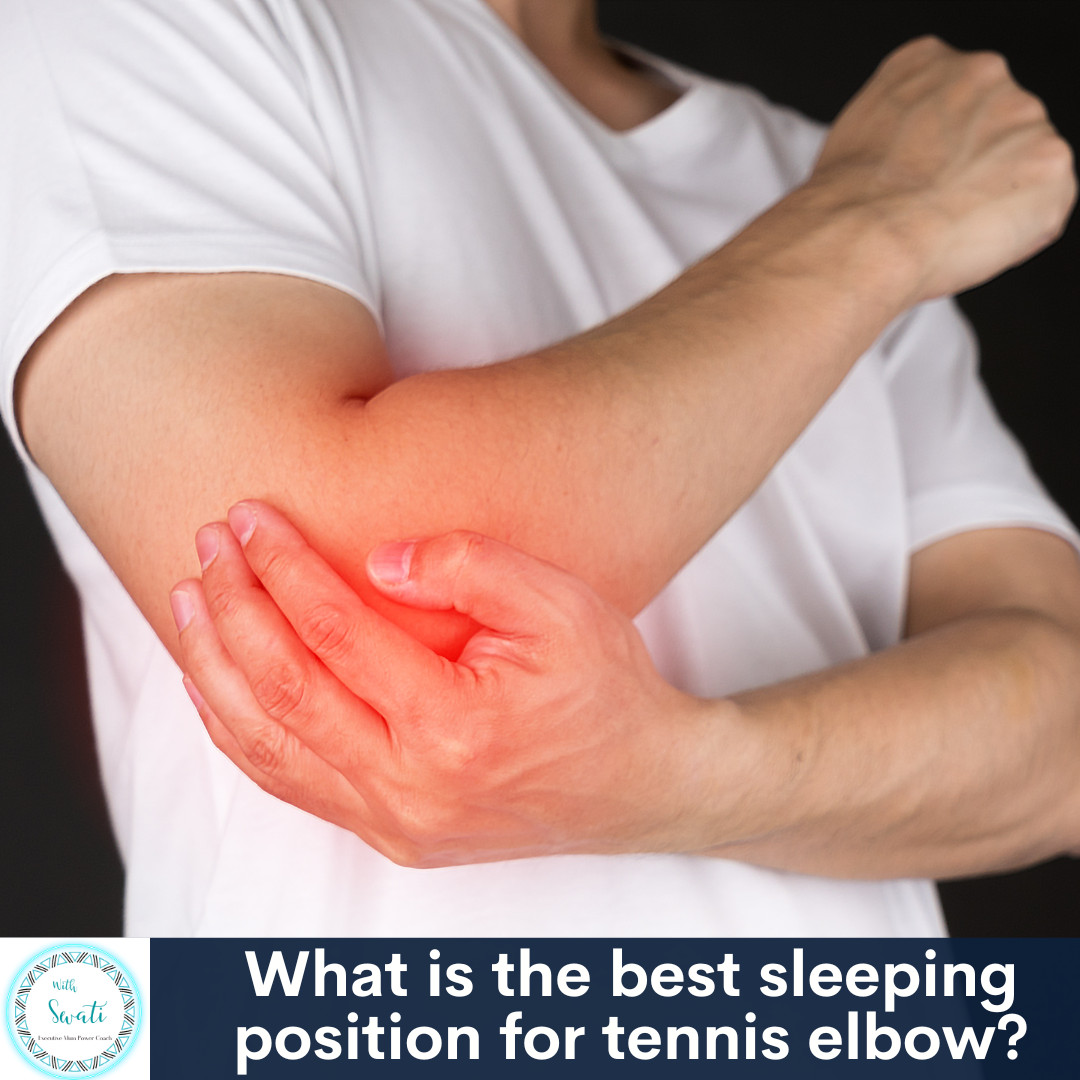
For executive moms, finding a comfortable sleeping position can be crucial for managing the discomfort of tennis elbow. As you navigate busy days filled with work commitments and family responsibilities, the quality of your rest becomes paramount. In this blog, we will discuss the best sleeping positions while dealing with tennis elbow. By understanding how different sleeping positions can affect elbow pain, you can optimise your sleep to wake up feeling refreshed and ready to tackle the day ahead.
Firstly, try not to sleep on the affected side when you suffer from Tennis elbow. This can increase inflammation in the area, thus aggravating the pain on that side. If you can, then opt for sleeping on your back. This is specially useful for those with tennis elbow on both sides. Sleeping on your back is often recommended for individuals with tennis elbow as it helps distribute body weight evenly and minimizes pressure on the affected elbow. This position can reduce strain on the elbow joint and promote better alignment of the upper body during sleep. Additionally, sleeping on your back allows for proper spinal alignment, which can further reduce discomfort.
You can keep your forearms on either side of the head, on the pillow to support them. Alternatively you can keep the arms besides your body with pillows to support them or rest them on your stomach. Keeping your elbows slightly bent can help relieve tension on the elbow joint and surrounding muscles.
If you sleep on your unaffected side, you can benefit from keeping your affected elbow supported during your sleep. Place a few pillows in front of your body and keep your top arm on top of the pillows. This prevents your shoulder from rolling inwards. and thus avoids excessive pressure on the affected elbow.
Consider using a brace for added support at night. Wearing a tennis elbow brace or splint during sleep can provide additional support to the affected elbow and help alleviate discomfort. However, it's essential to ensure that the brace fits slightly loose and not too tight to avoid restricting blood flow. A well-fitted brace can help provide the additional support to the elbow, that is sometimes needed during high levels of pain.
Watch this video to learn more about your Tennis Elbow pain:
HERE is an easy (and free!) solution for you if you suffer from Tennis Elbow pain and want to manage the inflammation in your elbow.
If you like this blog and want to be notified about new blogs as soon as they are published, subscribe to my mailing list below.
I would love to see you around the internet! For other places you can explore more about me: https://withswati.com/page/link
Note: This page contains affiliate links which will bless me, at no additional cost to you and I will be able to help more people with spine, nerve and joint pain.
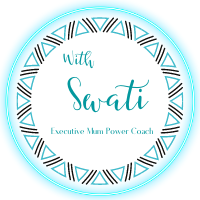






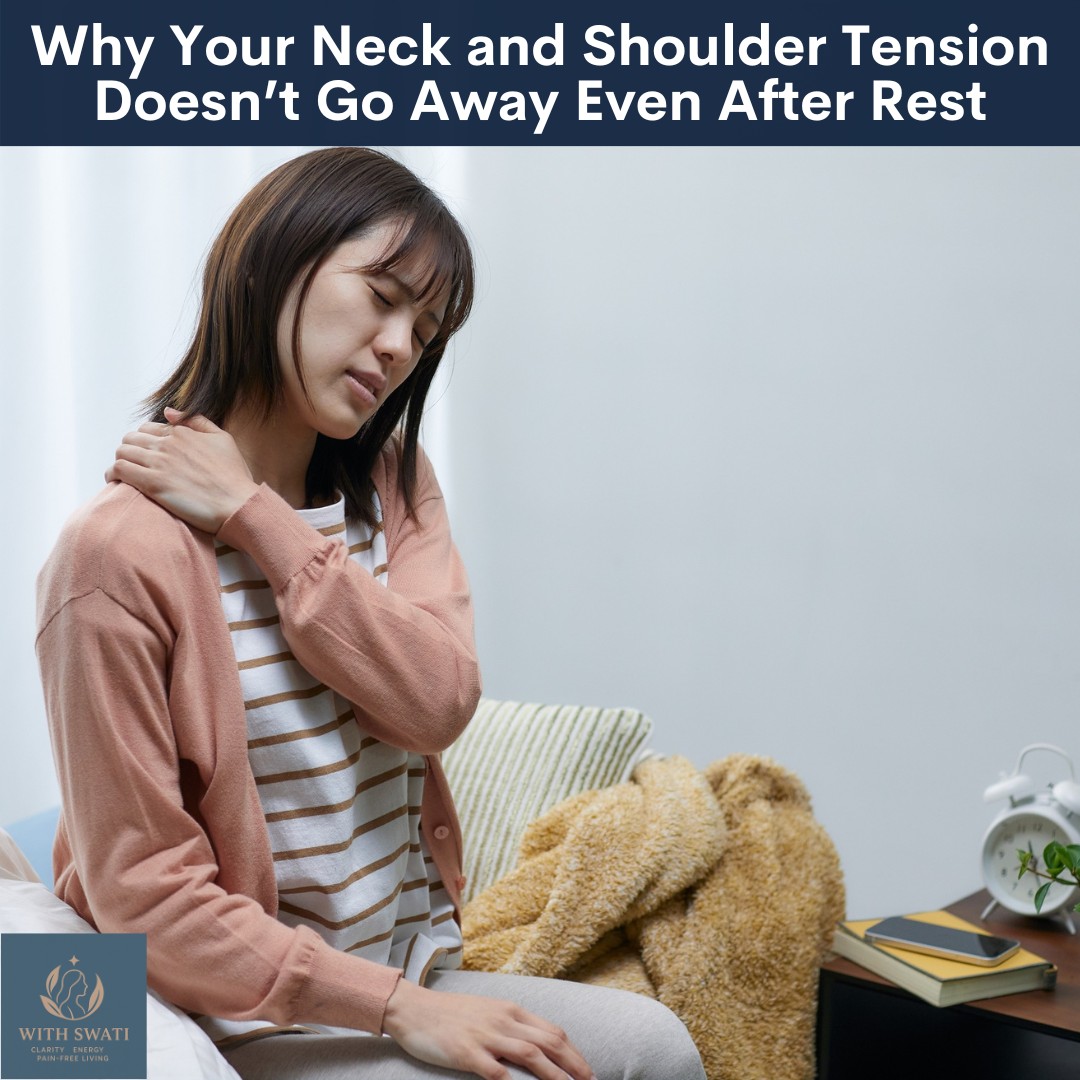

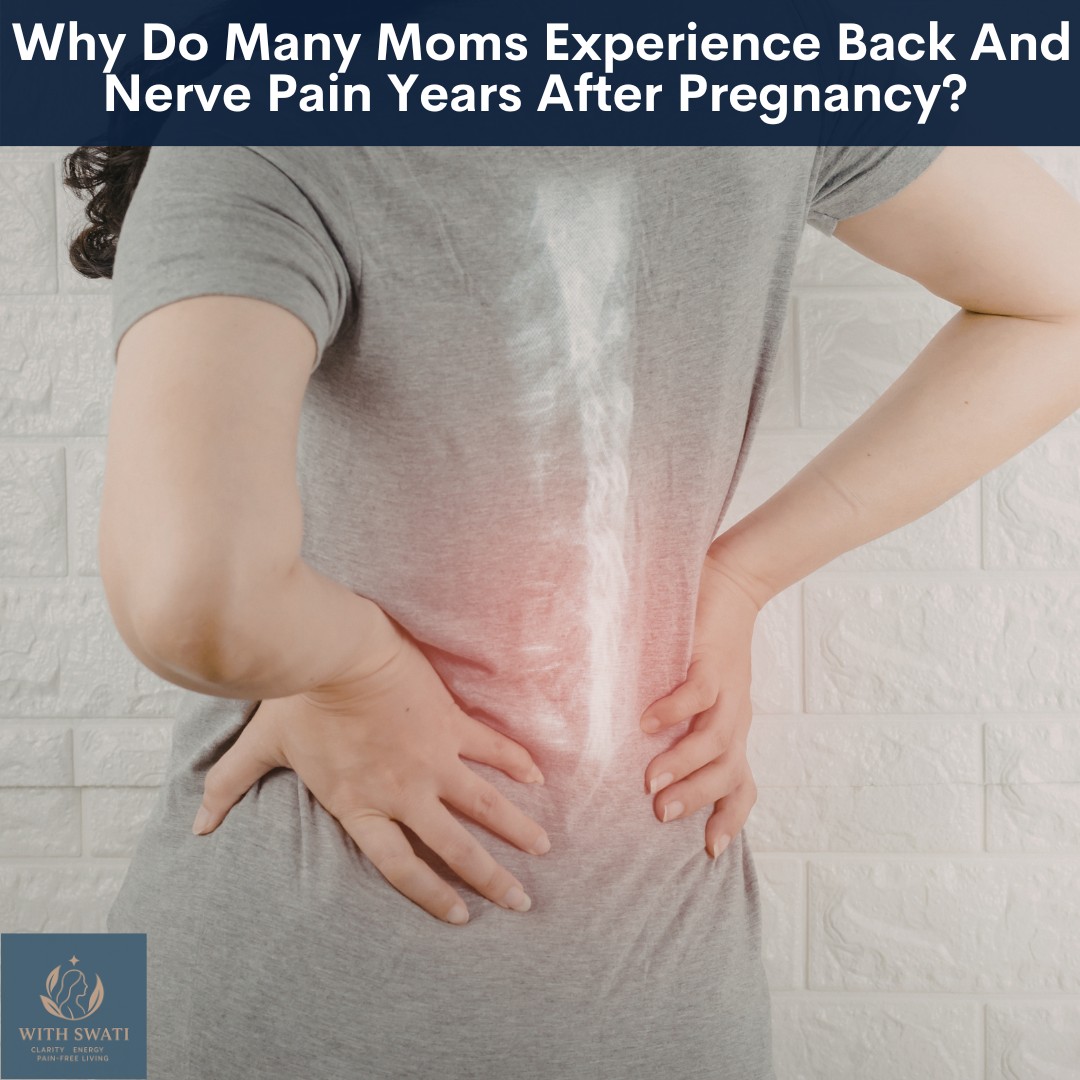


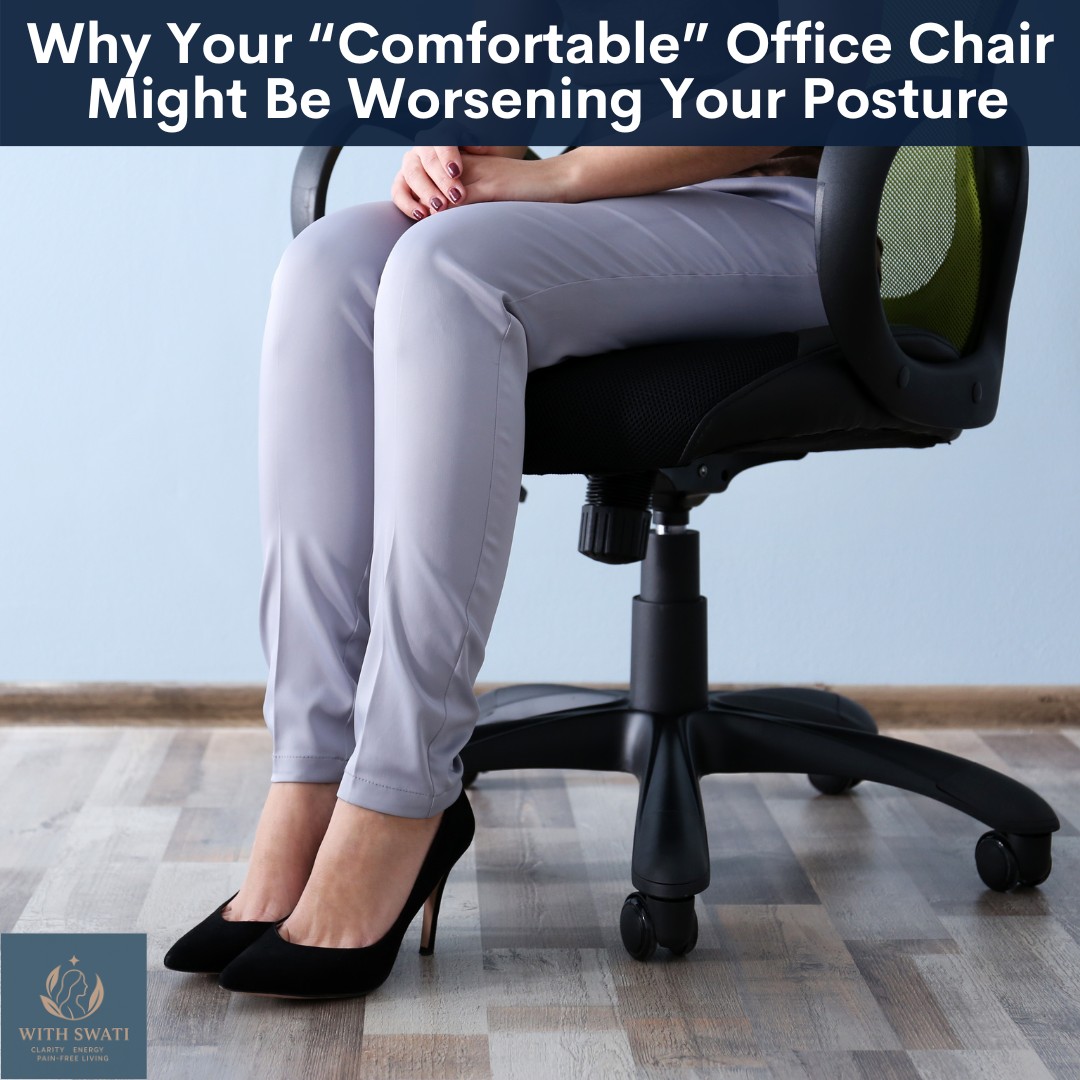



0 Comments